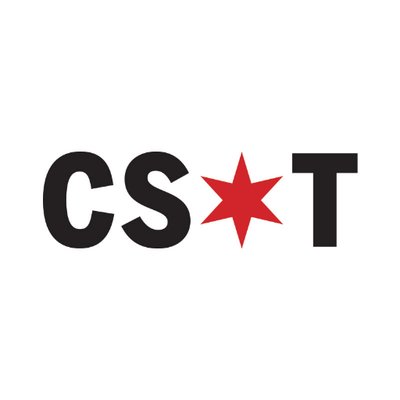



NASCAR fans this weekend can expect dangerous crashes at the Chicago Street Race course. NASCAR drivers crash more than 200 times a year.
But there’s also an unseen danger of excessively high engine noise, which hearing experts say poses a serious risk to people’s hearing.
NASCAR spectators should wear ear protection to avoid hearing loss, hearing experts say.
“If you wear protection, you’re taking a very effective step to prevent harm to your ears,” said Mike Hefferly, director of Rush University Medical Center’s audiology clinic.
At most NASCAR races, spectators are exposed to at least 95 decibels of noise, studies show.
At that level, people could suffer hearing damage after 30 minutes, according to recommendations from the National Institute for Occupational Safety and Health.
NASCAR says they’re using mufflers in Chicago that have been shown to reduce sound by up to 10 decibels. But there’s still a risk for hearing damage.
“We do have data that suggests spectators are at risk,” Hefferly said, “but there’s so many other variables, when you run this in an urban environment, that we really can’t account for.”

A full map of the NASCAR layout in Grant Park.
NASCAR
Some parts of the street course will be louder than others. Open areas in the park will disperse the sound, but levels could be higher where sounds are reflected off tall buildings, like along Michigan Avenue and Roosevelt Road, Hefferly said.
Tips from a hearing specialist:
- Disposable foam earplugs are a cost-effective way to protect hearing, if used properly, Hefferly said. Noise-reduction headphones also work. Look for ear protection with an NRR — noise reduction rating — of at least 21-25 decibels.
- Noise-canceling headphones will not provide enough protection, Hefferly stressed.
- Spectators can lower their risk of hearing damage by taking breaks from the race.
- “If it sounds too loud, it probably is,” Hefferly said. “If you must shout to be heard by someone next to you, then it’s probably too loud.”
Children are not necessarily at greater risk of hearing damage than adults, but the consequences could be worse for children who rely on hearing for language development and learning, he said.

The CDC says people will damage their hearing when exposed to 100 decibels of sounds for 15 minutes.
CDC
How NASCAR is addressing noise
NASCAR said it would fit cars with mufflers for the second time in the racing franchise’s 75-year history in response to complaints about the potential for excessive noise.
Mufflers were used earlier this year at NASCAR’s race at the L.A. Memorial Coliseum.
“We saw some reductions [in noise level] at the L.A. Memorial Coliseum,” NASCAR Chicago Street Race President Julie Giese said this month. “We’ll be obviously paying close attention to what that sounds like here.”
NASCAR said it’s taking the additional step to lower noise by limiting drivers’ time on the track to 10 hours over the whole race weekend.
Practice time has been limited to one hour on Saturday before qualifying. Drivers have been practicing on simulators.
That’s a change from typical NASCAR races, where drivers are on the track “essentially as much as there’s daylight,” Giese said this month.
“We’re really trying to be mindful of the location,” she said. “That’s a product of us trying to be mindful and thoughtful around ... the fact that we are racing downtown.”
Neighbors’ concerns
Some residents who live near Grant Park are worried about the noise. The park regularly hosts music festivals, like Lollapalooza and Sueños, which have brought their share of noise complaints.
Jim Murray lives just west of the park on Monroe Street. He usually leaves town during Lollapalooza to avoid the noise, but he’s staying for NASCAR.
He’s skeptical about NASCAR’s claims that mufflers will be enough. “They say that the cars will have mufflers and will sound like a motorcycle,” Murray said. “But they are probably not talking about a Honda, more like a Harley with an illegally modified muffler.”
Nearby museums voiced concerns about excessive noise and vibrations after then-Mayor Lori Lightfoot announced NASCAR would hold races in Chicago for three years.
The Art Institute of Chicago, which sits adjacent to the race track on Jackson Boulevard, consulted sound and vibration specialists before it determined the race wouldn’t affect its facility, a spokesperson told the Sun-Times.
The Shedd Aquarium, just south of the course, was allayed after NASCAR said it would use mufflers, saying in a statement it did not expect “negative noise or vibration impacts on our facility or to our animals.”
Hefferly specializes in treating patients with hearing loss and tinnitus, or ear ringing, who tend to be more sensitive to loud sounds.
“One strategy to keep them from being exposed to that, and causing distress, is to avoid situations,” he said. “So they don’t go to a NASCAR event for that reason. But now we’re bringing this NASCAR race to them.”
